Search

Choosing Vegetable Varieties for South Dakota
Fact sheet describing characteristics to look for when selecting a vegetable variety to grow in South Dakota.
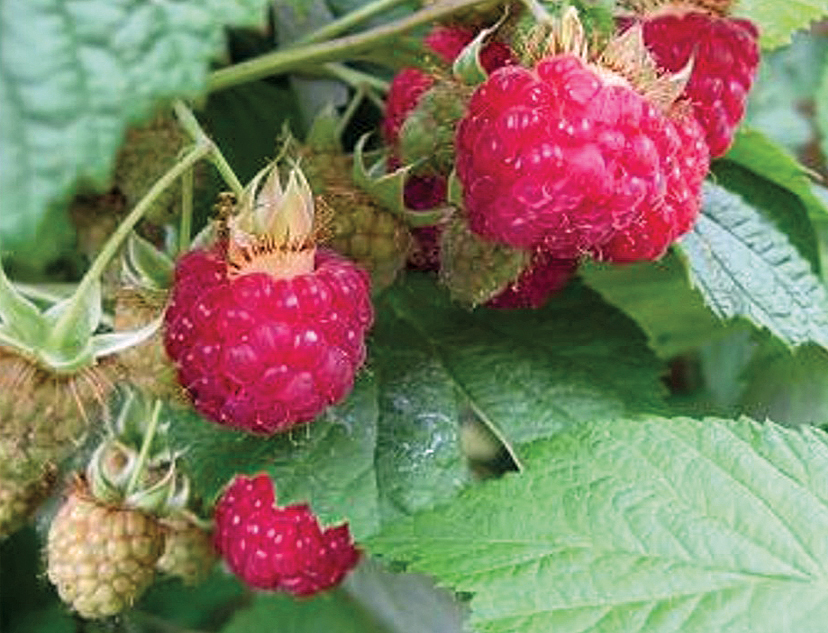
Growing Raspberries in South Dakota
Fact sheet describing how to grow raspberries in the home garden: selection, planting, and care.
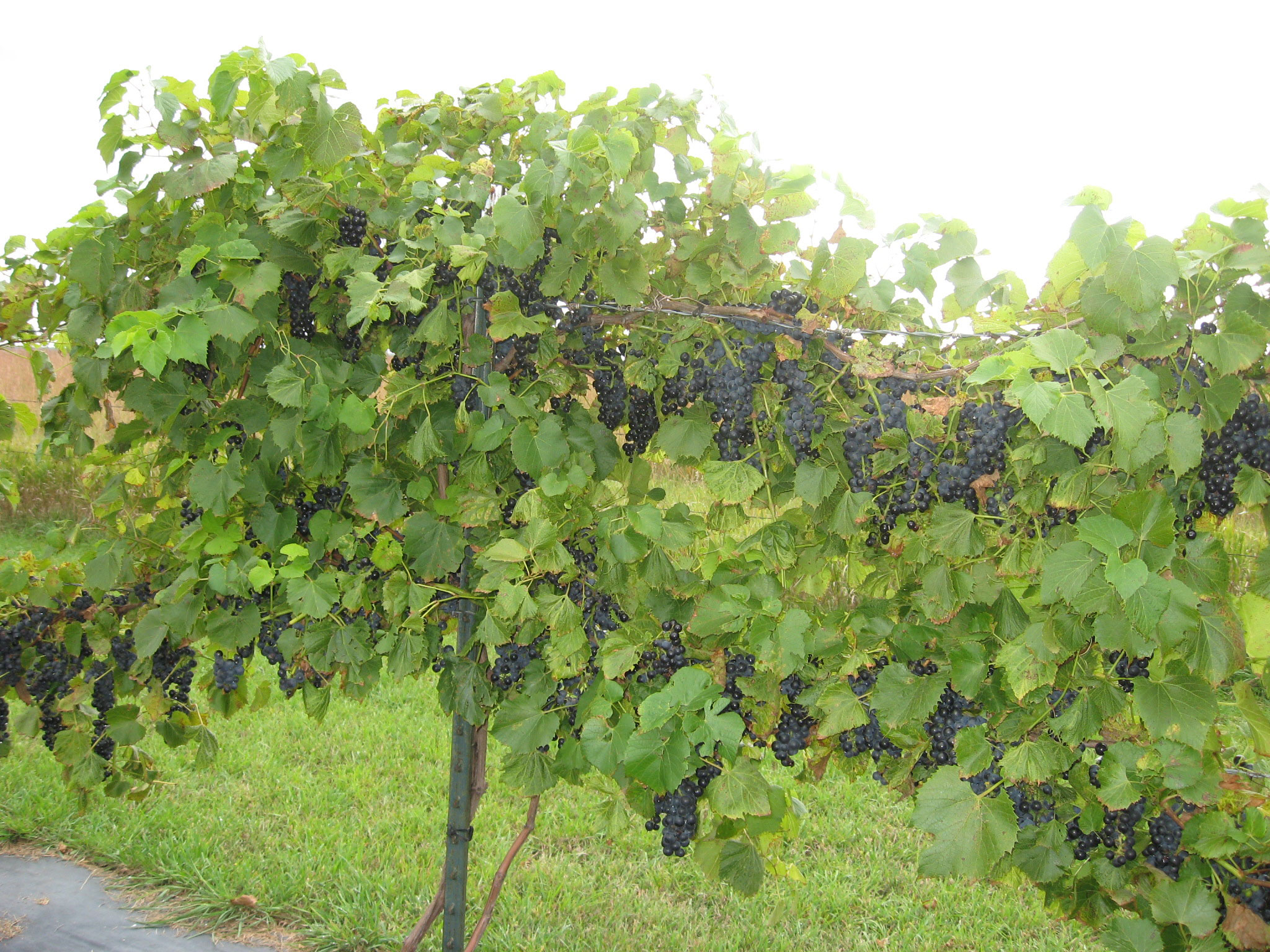
Vineyard Work Calendar
Monthly check list for vineyard work
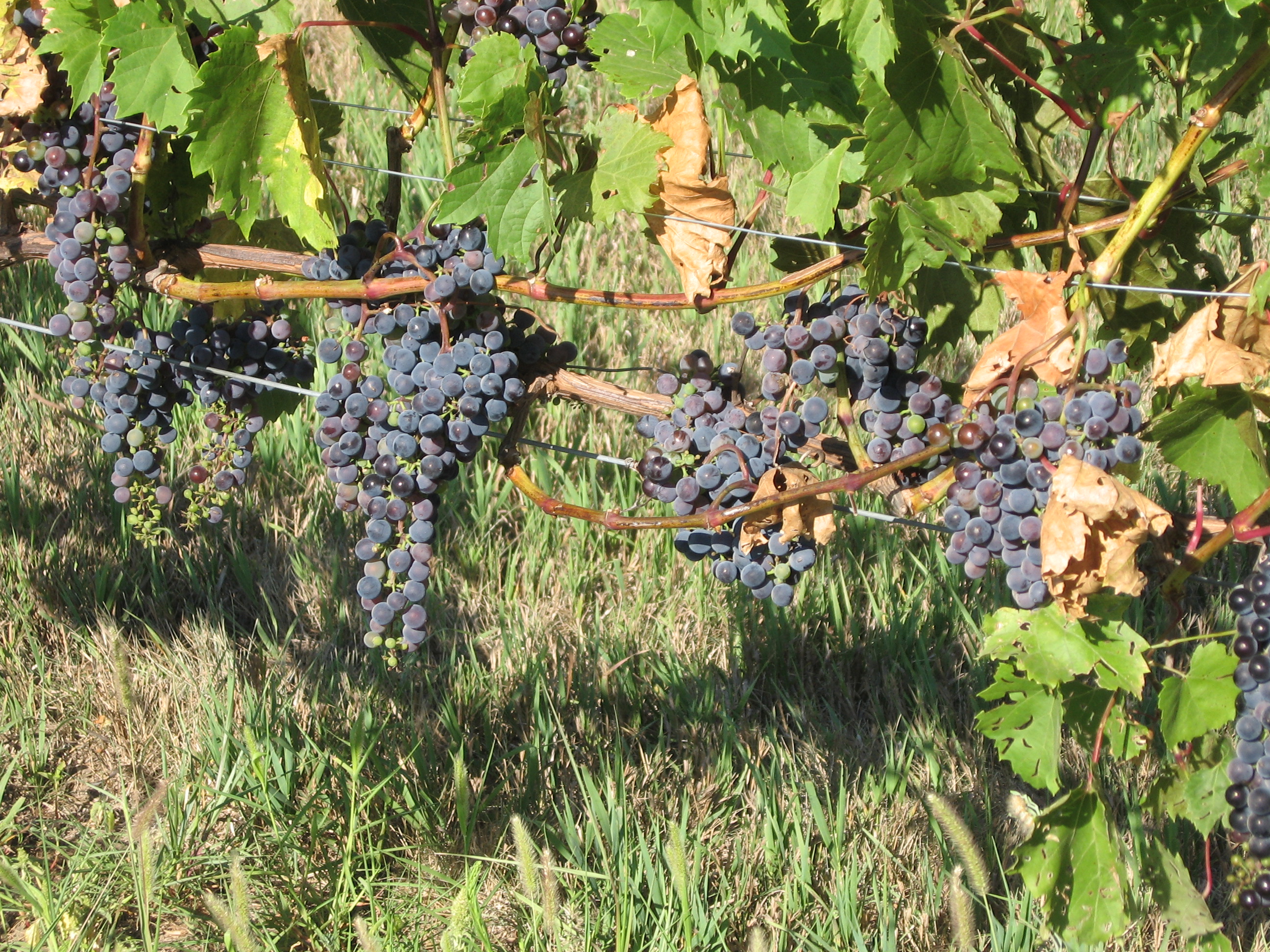
Grape Varieties for South Dakota
Updated list of grape varieties recommended for South Dakota.
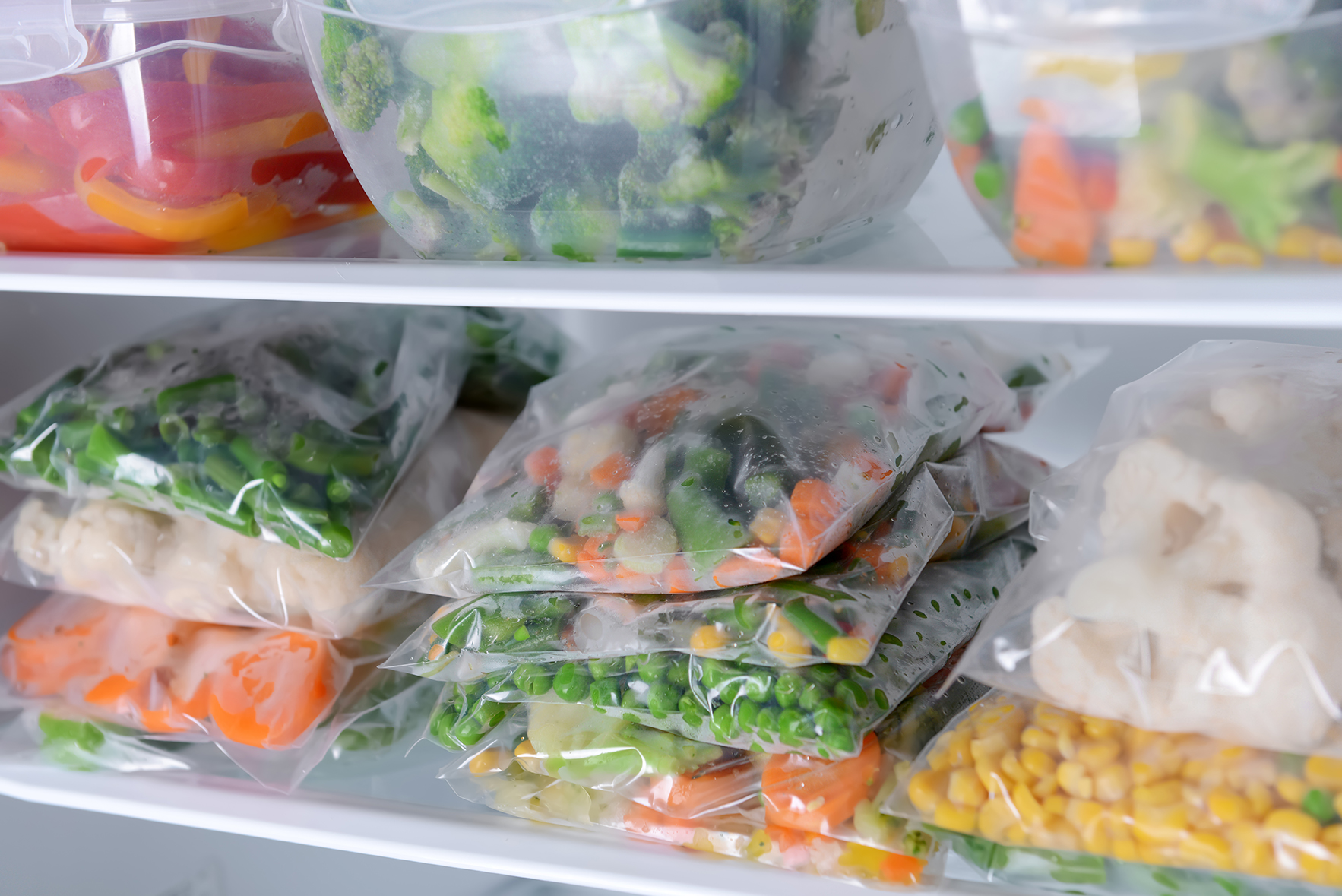
Freeze Now, Eat Later! Freezer Meal Workshop
Freezer meals provide families with the option to have a home cooked meal with minimal effort on busy days.

A Guide to Drying Foods
Fact sheet about drying foods
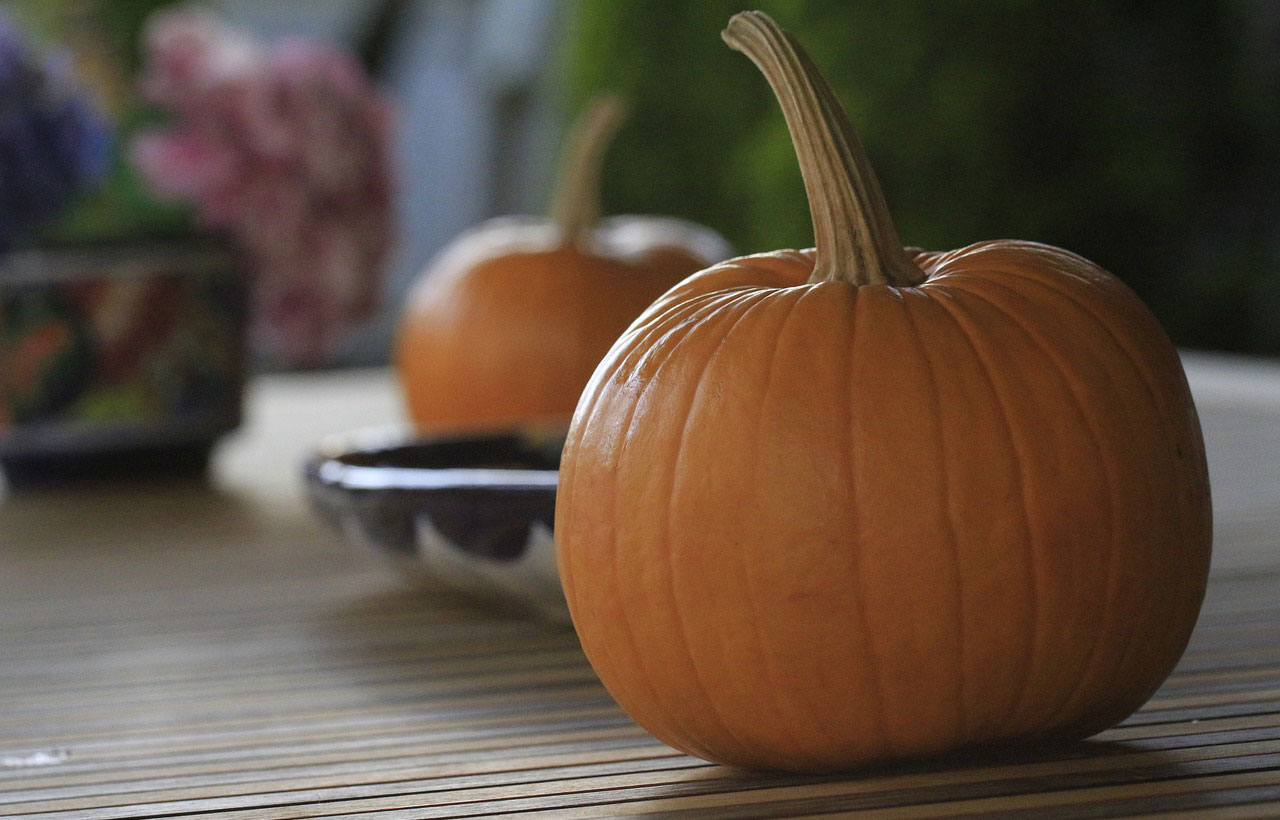
Preserving Pumpkin
Pumpkins are a staple for the fall season. They can often be seen used to decorate homes or for carving jack-o'-lanterns, but they’re great to eat or can for later too!

Starting a Commercial Vineyard in South Dakota
Are you thinking of starting your own vineyard? This publication provides a brief overview of the issues you need to consider in determining whether grape growing might be a good fit for you.

Gluten Free Product Claim Guidance
While “gluten-free” is a voluntary claim that manufacturers may choose to use in the labeling of their foods, FDA’s gluten-free food labeling rule specifies what the claim actually means on a food label.

Canning Meats and Poultry
Canning is a great method to preserve and extend shelf life for many types of foods, including meat products. Using safe preparation and storage practices allows for anyone to store nutritious, high-quality protein.